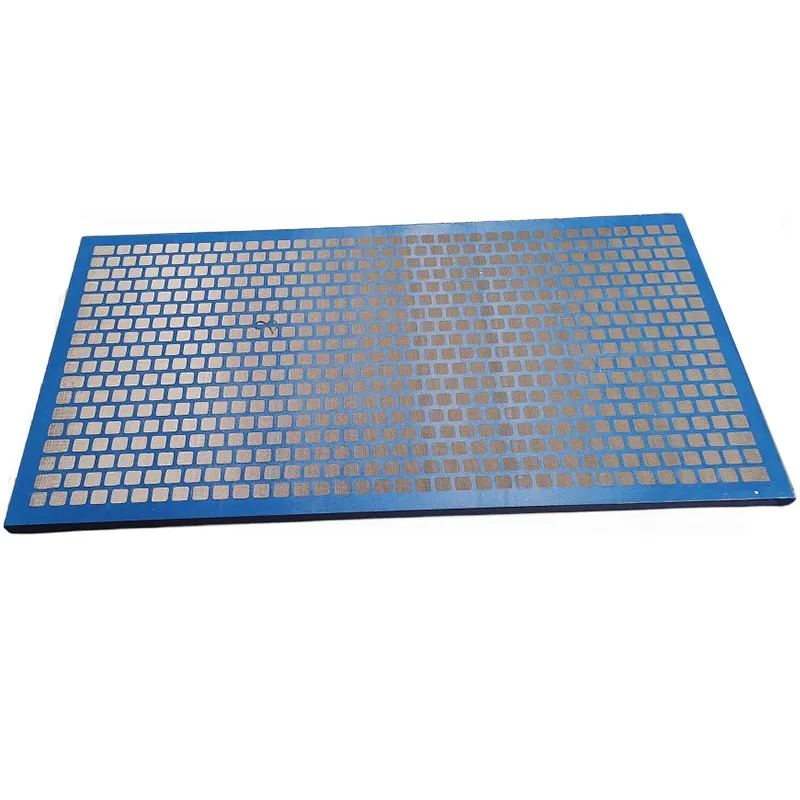- Industrial zone, South of Anping Town, Hengshui, Hebei, China.
- sales@hfpetromesh.com
- +86-18931809706
 Afrikaans
Afrikaans  Albanian
Albanian  Amharic
Amharic  Arabic
Arabic  Armenian
Armenian  Azerbaijani
Azerbaijani  Basque
Basque  Belarusian
Belarusian  Bengali
Bengali  Bosnian
Bosnian  Bulgarian
Bulgarian  Catalan
Catalan  Cebuano
Cebuano  Corsican
Corsican  Croatian
Croatian  Czech
Czech  Danish
Danish  Dutch
Dutch  English
English  Esperanto
Esperanto  Estonian
Estonian  Finnish
Finnish  French
French  Frisian
Frisian  Galician
Galician  Georgian
Georgian  German
German  Greek
Greek  Gujarati
Gujarati  Haitian Creole
Haitian Creole  hausa
hausa  hawaiian
hawaiian  Hebrew
Hebrew  Hindi
Hindi  Miao
Miao  Hungarian
Hungarian  Icelandic
Icelandic  igbo
igbo  Indonesian
Indonesian  irish
irish  Italian
Italian  Japanese
Japanese  Javanese
Javanese  Kannada
Kannada  kazakh
kazakh  Khmer
Khmer  Rwandese
Rwandese  Korean
Korean  Kurdish
Kurdish  Kyrgyz
Kyrgyz  Lao
Lao  Latin
Latin  Latvian
Latvian  Lithuanian
Lithuanian  Luxembourgish
Luxembourgish  Macedonian
Macedonian  Malgashi
Malgashi  Malay
Malay  Malayalam
Malayalam  Maltese
Maltese  Maori
Maori  Marathi
Marathi  Mongolian
Mongolian  Myanmar
Myanmar  Nepali
Nepali  Norwegian
Norwegian  Norwegian
Norwegian  Occitan
Occitan  Pashto
Pashto  Persian
Persian  Polish
Polish  Portuguese
Portuguese  Punjabi
Punjabi  Romanian
Romanian  Russian
Russian  Samoan
Samoan  Scottish Gaelic
Scottish Gaelic  Serbian
Serbian  Sesotho
Sesotho  Shona
Shona  Sindhi
Sindhi  Sinhala
Sinhala  Slovak
Slovak  Slovenian
Slovenian  Somali
Somali  Spanish
Spanish  Sundanese
Sundanese  Swahili
Swahili  Swedish
Swedish  Tagalog
Tagalog  Tajik
Tajik  Tamil
Tamil  Tatar
Tatar  Telugu
Telugu  Thai
Thai  Turkish
Turkish  Turkmen
Turkmen  Ukrainian
Ukrainian  Urdu
Urdu  Uighur
Uighur  Uzbek
Uzbek  Vietnamese
Vietnamese  Welsh
Welsh  Bantu
Bantu  Yiddish
Yiddish  Yoruba
Yoruba  Zulu
Zulu
- Afrikaans
- Albanian
- Amharic
- Arabic
- Armenian
- Azerbaijani
- Basque
- Belarusian
- Bengali
- Bosnian
- Bulgarian
- Catalan
- Cebuano
- Corsican
- Croatian
- Czech
- Danish
- Dutch
- English
- Esperanto
- Estonian
- Finnish
- French
- Frisian
- Galician
- Georgian
- German
- Greek
- Gujarati
- Haitian Creole
- hausa
- hawaiian
- Hebrew
- Hindi
- Miao
- Hungarian
- Icelandic
- igbo
- Indonesian
- irish
- Italian
- Japanese
- Javanese
- Kannada
- kazakh
- Khmer
- Rwandese
- Korean
- Kurdish
- Kyrgyz
- Lao
- Latin
- Latvian
- Lithuanian
- Luxembourgish
- Macedonian
- Malgashi
- Malay
- Malayalam
- Maltese
- Maori
- Marathi
- Mongolian
- Myanmar
- Nepali
- Norwegian
- Norwegian
- Occitan
- Pashto
- Persian
- Polish
- Portuguese
- Punjabi
- Romanian
- Russian
- Samoan
- Scottish Gaelic
- Serbian
- Sesotho
- Shona
- Sindhi
- Sinhala
- Slovak
- Slovenian
- Somali
- Spanish
- Sundanese
- Swahili
- Swedish
- Tagalog
- Tajik
- Tamil
- Tatar
- Telugu
- Thai
- Turkish
- Turkmen
- Ukrainian
- Urdu
- Uighur
- Uzbek
- Vietnamese
- Welsh
- Bantu
- Yiddish
- Yoruba
- Zulu
floor trench drain grates
Understanding Floor Trench Drain Grates Importance and Design
Floor trench drain grates are essential components in managing water drainage in various settings, including commercial buildings, industrial facilities, and residential properties. These systems are designed to collect and transport excess water, preventing pooling and potential damage to structures. Understanding their design, functionality, and benefits can enhance the effectiveness of drainage solutions.
What Are Floor Trench Drain Grates?
Floor trench drain grates are covers that fit over trench drains, which are linear drainage systems designed to channel water away from specific areas. The grates serve multiple purposes, including safety, aesthetics, and the efficient flow of water. They come in various materials, such as stainless steel, plastic, and cast iron, each offering distinct advantages depending on the environment in which they are installed.
Functional Benefits
One of the primary functions of trench drain grates is to facilitate smooth water flow while keeping debris and larger objects out of the drainage system. By utilizing a drainage grate, one can effectively reduce the likelihood of clogs that can lead to overflow or water damage. This feature is particularly vital in areas prone to heavy rainfall or where large amounts of water are generated, such as garages, pool decks, and factories.
floor trench drain grates

Additionally, trench drain grates are designed to handle heavy loads, making them suitable for areas with vehicular traffic. For instance, in parking lots or loading docks, selecting a grate with a high load-bearing capacity is crucial to ensure durability and longevity. Various designs, such as slotted or solid grates, can be chosen based on the volume and type of debris prevalent in the specific location.
Aesthetic Considerations
While functionality is essential, the visual appeal of floor trench drain grates should not be overlooked. Grates come in different styles and finishes, allowing for customization to meet the aesthetic requirements of a building or landscape. In commercial environments, a polished stainless steel grate might enhance a modern look, while more rugged materials may be preferred in industrial settings.
Maintenance and Installation
Proper installation and regular maintenance are critical in ensuring the efficiency of trench drain systems. Regular inspections allow property owners to identify potential blockages or damage early on, reducing repair costs and extending the life of the drainage system. Cleaning the grates and drains periodically will help maintain optimal performance.
In conclusion, floor trench drain grates play a vital role in effective water management in various environments. By understanding their importance, functionality, and design options, property owners can make informed choices that enhance both the practicality and aesthetics of their drainage solutions. Investing in high-quality trench drain grates ensures safety and efficiency, significantly contributing to the longevity of a property.
-
Welded Steel Bar Grating: The Rugged Industrial Flooring Solution Built for Load and LongevityNewsJun.24,2025
-
Steel Walkway Grating: Reliable, Resilient, and Built for Every StepNewsJun.24,2025
-
Shale Shaker Screen for Sale: Optimize Drilling Efficiency with Precision Screening PowerNewsJun.24,2025
-
Shaker Screen for Sale: Elevate Your Drilling Efficiency with Durable Separation SolutionsNewsJun.24,2025
-
Press Locked Steel Grating: Industrial Strength with Precision Fit for Heavy-Duty ApplicationsNewsJun.24,2025
-
Perimeter Safety Netting: The Critical Safety Upgrade for Every HelipadNewsJun.24,2025